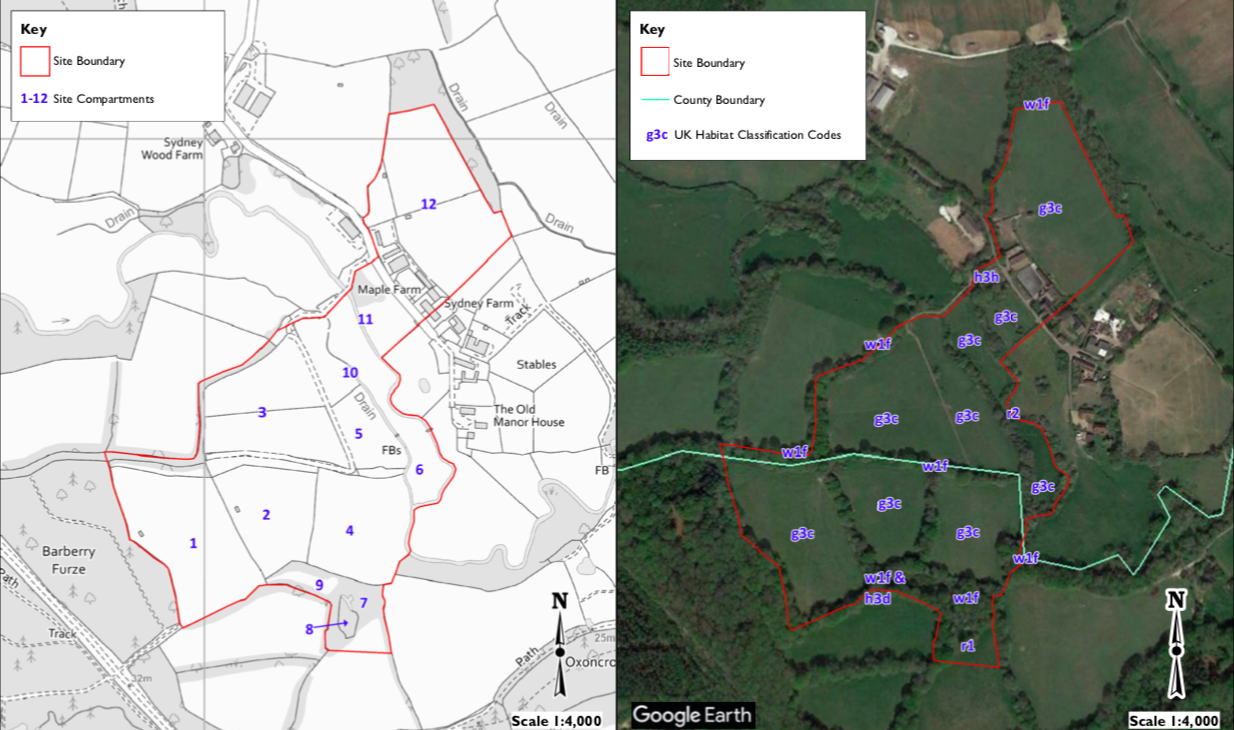Habitat Phase 1 and Breeding Bird Surveys: Our Findings
As we embark on rewilding Maple Farm, we’ve set out the results of our first habitat phase 1 and breeding bird survey from this year. Monitoring a site over time for changes in species diversity - or perhaps even the return of a species, such as nesting white storks at Knepp (we can dream!) - will help improve our rewilding strategy and estimate the success of different restoration activities.
A huge thank you to the ecologists at Surrey Wildlife Trust Ecology Services who carried out these surveys for free and used them as a training exercise for their team. We’re hugely grateful for your help!
Habitat Phase 1 Survey
A habitat phase 1 survey is a baseline survey that assesses the flora and fauna of a site, setting the foundation for any possible additional surveys, such as for butterflies, bats and reptiles.
As shown by the figures above, six UK Habitat Classification habitats were recorded on site:
g3c –other neutral grassland
w1f – lowland mixed deciduous woodland
r1 – standing open water (pond)
h3d – bramble scrub
r2 – rivers and streams (stream)
h3h – mixed scrub
The survey found that Maple Farm had no priority plant and animal species on site which, although not a good thing for biodiversity intactness, makes for a good starting point from which to improve the site and assess which practices are most successful.
Very excitingly, seven ancient woodland indicator plant species were found on site, particularly in fields 1 and 2 which are close to the ancient woodland Barberry Furze. This makes for exciting connectivity potential, especially as the site is close to Chiddingfold Forest, a block of woods spanning 840 hectares and containing ancient woodland. These indicator species included: field maple, moschatel, ramsons, wood anemone, pendulous sedge, pignut, bluebell, holly, aspen, barren strawberry, wild cherry, goldilocks buttercup and field rose.
In the southern boundary bank of field 2, two ancient hornbeam coppice stools were found, and a veteran pedunculate oak around 300+ years old. The survey concluded that whilst only a small amount of woodland shaw to the north of field 1 is designated ancient woodland it is likely that the shaws and small areas of woodland across the site have been woodland and connected to other woodland in the wider landscape for some time.
Allium ursinum, known as wild garlic, or ramsons
In not so good news, the site found giant rhubarb and hogweed which are both invasive non-native species and present management challenges. We welcome advice on how to manage these species, particularly when next to rivers!
Breeding Bird Survey
Across two visits, a total of 23 bird species were recorded showing breeding behaviour, of which seven were birds of conservation and/or legal importance. These were the nightingale, song thrush, house sparrow, starling, grey wagtail, stock dove and dunnock.
The bird that stands out from the pack is the nightingale, a famously shy bird that needs thickets of dense, impenetrable scrub situated within a shaded canopy for its breeding site. That the bird has such a particular habitat is part of the reason for its rapid decline in the face of urban development and modern agricultural practices. BTO studies have recorded a staggering 90% decline since 1967, with 57% of that occurring since 1995.
Although we weren’t able to see the nightingale during the surveys, the bird’s famous call* was heard on both site visits meaning there is a high likelihood a pair was breeding. Nature restoration at Maple Farm will not be species-led, but the project’s intention to enable natural woodland regeneration and allow for scrub encroachment should improve the site’s diversity of structure in the long-term and allow nightingales to move more freely between different viable habitats. We’re very excited to monitor the site when the nightingales start to return to England in April!
Keep an eye out for our next blog where we will set out some of our plans.
*To further explore the nightingale’s song, this blog by the Sussex Wildlife Trust has a great written description alongside audio recordings



